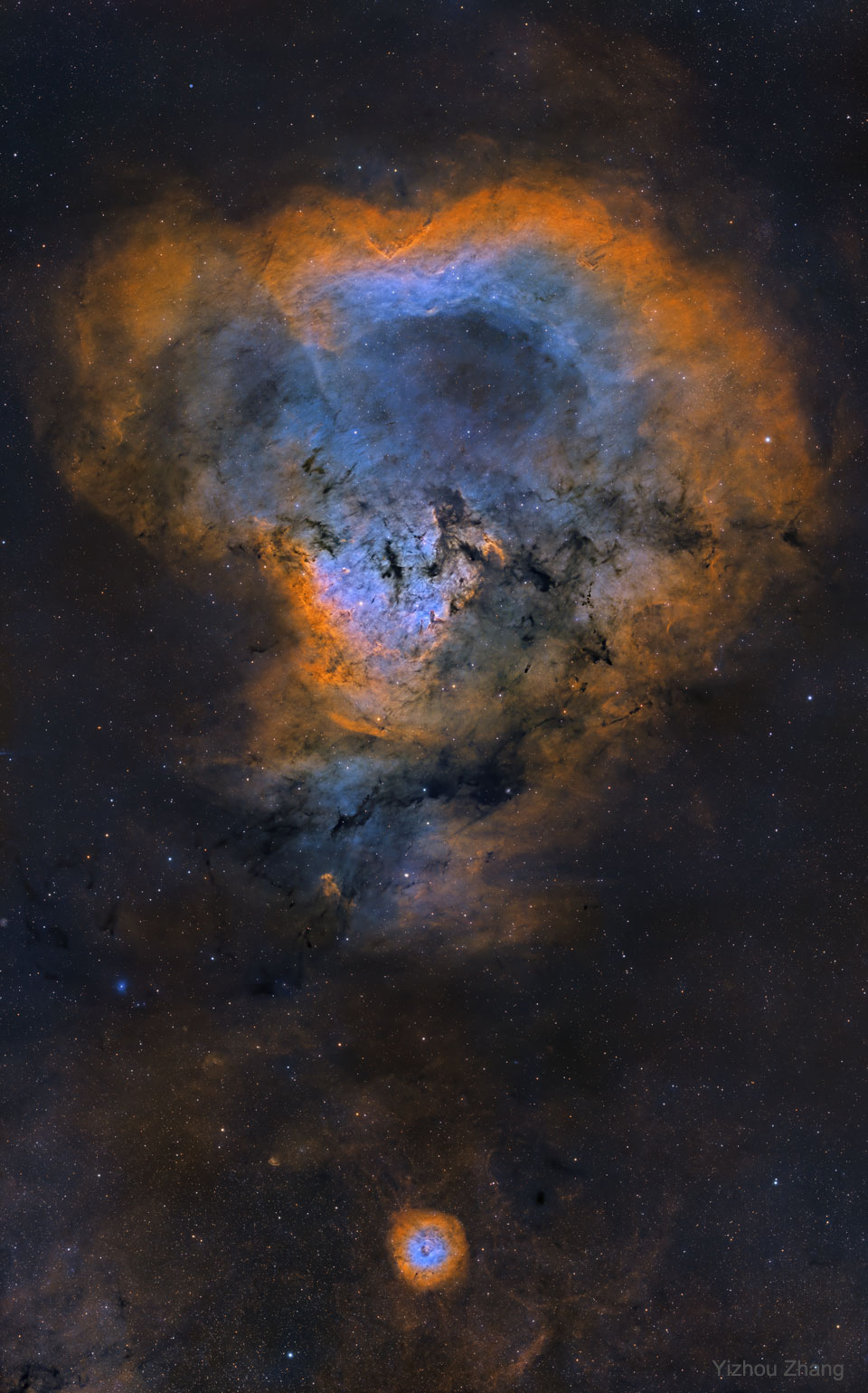starman1 wrote: ↑Mon Jan 22, 2024 5:14 am
I thought it was called "First Quarter" phase because the Moon is 1/4 of the way through its orbit around the Earth since New.
The designation of "quarter moon" is getting discussion, email and might have historical importance -- so I would like to address it here. I will start by saying that I don't know how this controversy can be definitively resolved. I know the US Naval Observatory website gives information on this, but I don't think they are really the ultimate authority. The International Astronomical Union (IAU), which does have some naming authority, does not appear to me to clearly address this matter, as yet. However perhaps I missed it -- if someone knows a link where the IAU addresses this, please point this out.
To be clear, the original APOD text in question is:
'This lunar phase is called "quarter" because the lit fraction visible from Earth is one quarter of the entire lunar surface.'
I have now adapted the wording of this APOD on the main NASA APOD page, adding the text "in part" before "because" to make the declaration less definitive.
My logic in writing that sentence was that most of the moon phases, as used in Western culture, are visually descriptive. A "full moon" appears fully lit. There is no time reference in "full moon". Similarly, "crescent moon" is also visually descriptive. As is "gibbous". It therefore seemed (and still seems) logical to me that the phase "quarter" is also visually descriptive, or can be logically interpreted that way. A time qualifier can enter, such as "first quarter", but the temporal nature of the word "first" here does not necessarily, in my opinion, transfer to the second word "quarter". In terms of visual description, the "quarter moon" might be called "half moon", but that term is not used as frequently as "quarter moon". As I indicated in the APOD text, the term "quarter moon" is technically accurate in the sense that at that phase, the fraction of the Moon seen lit from the Earth is actually (nearly) one quarter of the entire lunar surface.
It might be of interest to astronomical historians if this nomenclature degeneracy can be definitely resolved with good historical references.
 Shadows of Mountain and Moon
Shadows of Mountain and Moon



